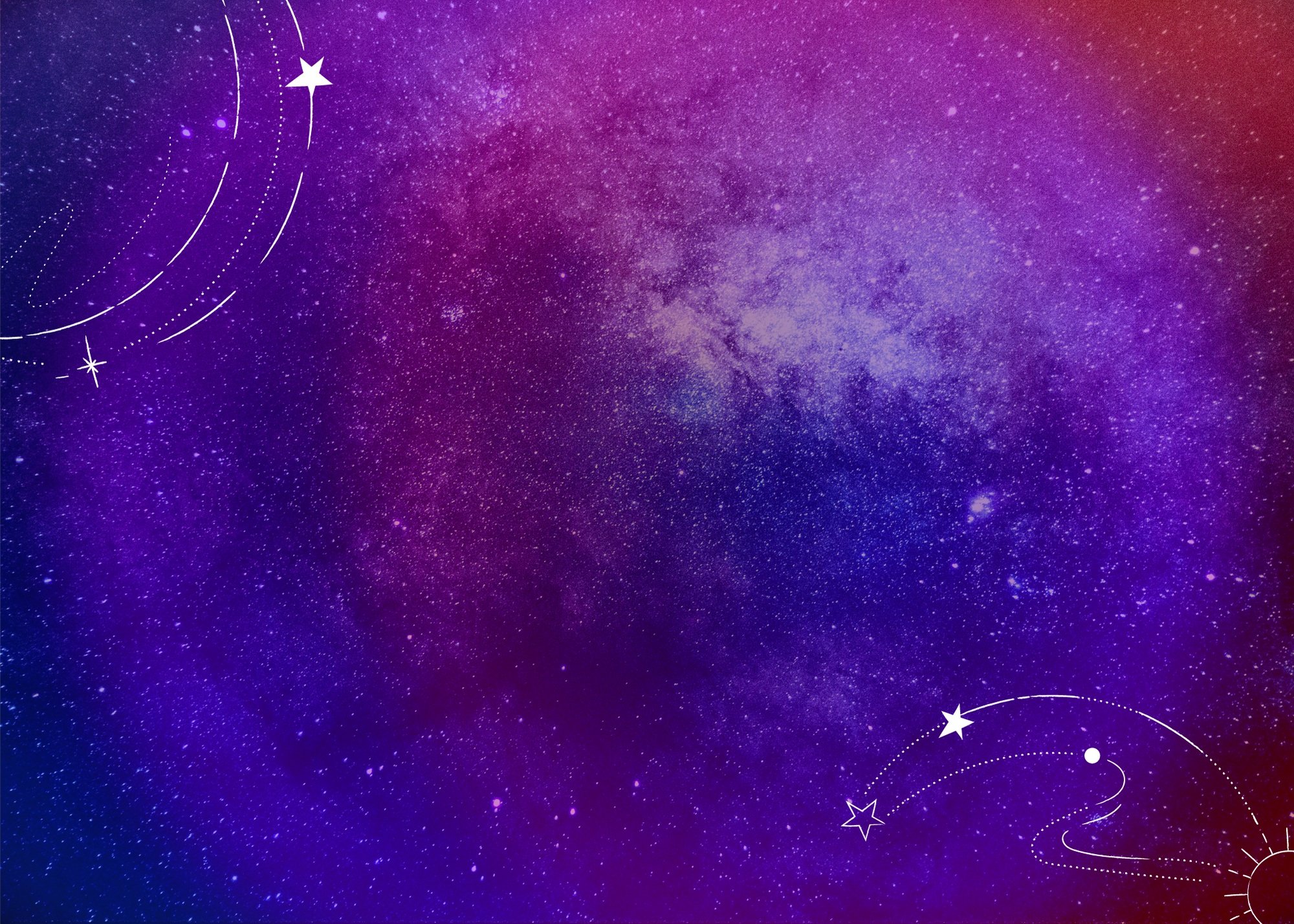
ABOUT JAZZ
[ care worker - consultant - poet - writer - editor - visual artist - graphic designer - vocalist - coach - educator - public speaker ]

Multidimensional
Social Justice
Interconnection

Multidimensional
Jazz, like all people, is multidimensional. For a long time, Jazz felt that they had to choose one area of focus (as simplifying ourselves for the comfort of others is something we are all asked to do). Their body quickly taught them that hiding, masking, and reducing themselves to something palatable was not a sustainable practice; like a crystal face, focusing on only one part would never allow them to experience the depth and complexity of what they can truly offer to their communities. Jazz chooses their methods for expression and community engagement based on their message and capacity, rather than attempting to make their message and capacity fit one method.

Social Justice
Jazz Bell has lived experience as a multiply disabled, neurodivergent, trans nonbinary, queer, fat, intersex, and biracial (white and Han Chinese by way of Taiwan) person. Their experiences with the medical system in childhood showed them that we live in an unjust world.
They truly began to connect their experiences to a broader framework of social justice in spoken word spaces. They quickly learned that spaces carved out by Black women, femmes, and gender expansive artists created space for them that they had not experienced previously. These spaces not only gave them the opportunity to speak their piece, but the even more precious opportunity to listen deeply to the stories of others. This taught them to root theory in the stories and the wisdom of people’s lived experiences.
While spoken word spaces were an invaluable part of Jazz’s journey and a space they will always hold immeasurable love for, they were unable to engage in many spoken word spaces after acquiring additional disabilities. While their experience has always been complicated by disability, they now had less access to public and community spaces than ever before, and had to lean heavily on their creativity to stay connected to the lifeline of community.
Eventually, Jazz was introduced to and sought out experiences and perspectives rooted in Disability Justice. In studying ableism, they were better able to contextualize their experiences and understood ableism as a tactic often used by white supremacist structures to enforce eugenic ideologies.
While in school for social work, they learned that their understanding of systems of oppression as inherently connected to each other was an important and often overlooked area of discussion in these spaces. Within standardized social work education, discussions of ableism were virtually non-existent and discussions of gender and race were surface-level. All of these discussions were explored most often in isolation, fundamentally conceptualizing these issues as discrete rather than interconnected. They learned much about how social work as an institution, like all institutions, is deeply committed to interventions that create and perpetuate harm & abuse rather than centering intersectional approaches rooted in care.
Jazz is a lifelong learner and does not seek to position themselves as all-knowing about the topics that interest them. They only seek to help others expand their understandings of what is possible and provide direction, structure, and grounding for the lifelong task of unlearning and relearning.
Their journey does not end here; it begins here with you.
PLEASE NOTE: due to their proximity to whiteness, Jazz does not offer racial justice, racial awareness, or racial bias trainings. That being said, white supremacy undergirds every discussion of social justice, and is a primary facet of the way they approach education, consulting, and speaking engagements centered on Disability and LGBTQIA+ justice. If you are looking for trainings focused on race, I recommend KB.

Interconnection
Part of Jazz’s approach is understanding the interconnectedness of everything. Independence is a myth— we are interconnected with our communities and the land. This has often been viewed as a weakness but it is truly a strength; contrary to the widely known but eugenic concept of “survival of the fittest”, human survival is both dependent on and transformed by an understanding of how we all rely on each other. Many of these concepts are explored at length by various indigenous & disability activists, scholars, artists, and dreamers.
Jazz is indebted to those in their community that made space for them, cared for them, and taught them so much of what they know. Much of their work is only possible because of their interconnection with their communities. Jazz seeks out opportunities to collaborate with and uplift those who have believed in their work, their rest, their existence, their survival, their thriving, and their dreams.
